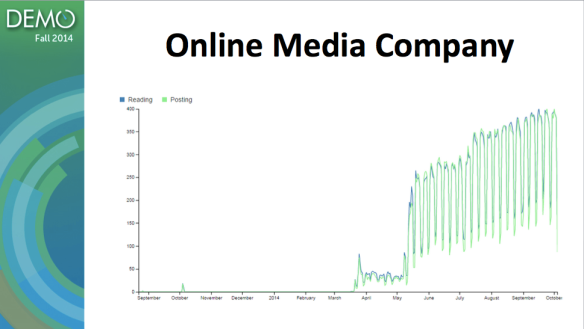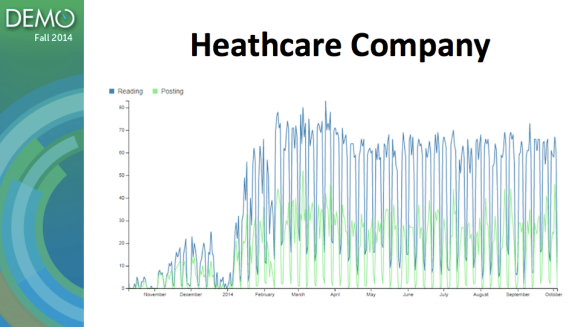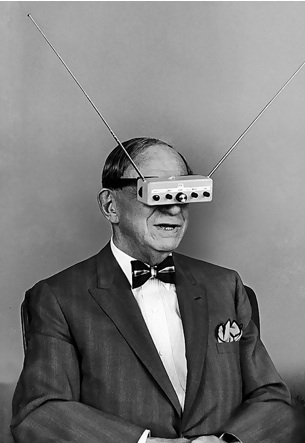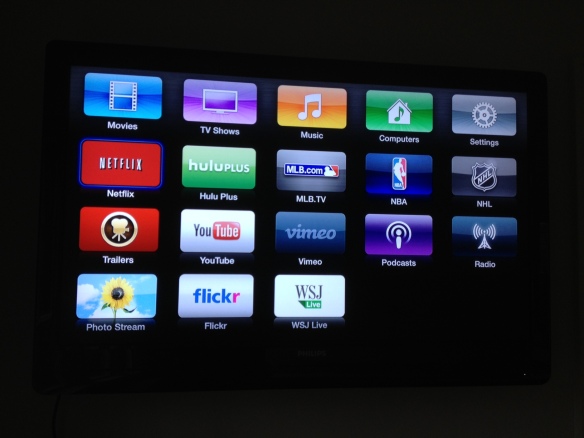
What does Traction look like? Slack CEO Stewart Butterfield showed us last November at DEMO Fall, where he shared some slides on Slack’s incredible growth. Slack is a communications tool for teams with more than 300,000 active users. It is growing so fast that it was able to raise $120 million from Google Ventures, Kleiner Perkins, Andreessen Horowitz and others just before Butterfield appeared onstage.
Slack is a communication tool for teams, where everyone can chat privately, share files, and tap into other systems like Dropbox and Zendesk. But in order to grow, Slack needs to convince a whole team to use its product. “In terms of traction,” notes Butterfield in the video, “conversion was all about getting a whole team to convert instead of an individual. Usually there is one crankypants who could veto [adoption].”
Slack’s traction slides don’t look like smooth growth curves. Rather they show step functions of growth. Even when you look at activity at the level of an individual company, it usually starts with a trial period with nothing much happening, and then all of a sudden it pops and everyone is using it. For instance, here is the activity for one of Slack’s customers, an online media company:

And here is another customer traction chart:

I’ve embedded Stewart’s entire presentation at the bottom of this post.
Slack’s growth looks anemic at first, and then it just goes gangbusters because once a team is committed everyone has to get on Slack to keep up with what is going on at their company. For Slack, the key was to understand their conversion metrics. As noted in this recent article on Slack at First Round Review, “From 0 to $1B – Slack’s Founder Shares Their Epic Launch Strategy,” the key is to know your company’s “magic number.” Excerpt:
Know Your Magic Number and What Your Metrics Mean
There are industry-standard numbers, no doubt. But at the end of the day, only you can really determine your company’s magic numbers — the numbers that shed light on who is really using your product (and how you can get them to keep using it).
For Slack, the number is 2,000 — 2,000 messages. “Based on experience of which companies stuck with us and which didn’t, we decided that any team that has exchanged 2,000 messages in its history has tried Slack — really tried it,” Butterfield says. “For a team around 50 people that means about 10 hours’ worth of messages. For a typical team of 10 people, that’s maybe a week’s worth of messages. But it hit us that, regardless of any other factor, after 2,000 messages, 93% of those customers are still using Slack today.”
It turns out that more than 90% of people who sign up never invite anyone else or even use the service. But the people who do use the service bring so many other people in their companies onboard that the number of active users grows exponentially anyway. And that’s a beautiful thing.











You must be logged in to post a comment.